What is the Drama Triangle theory?
Drama triangle, also called the victim triangle, was developed as a social model in 1968 by a psychologist named Stephen Karpman. Karpman’s drama triangle is a powerful framework to understand the dysfunctional roles we adopt to deal with the conflict.
Each role—victim, persecutor, rescuer—represents a common and ineffective response to conflict. Latching onto one of these roles in the drama triangle is the root cause of most unhealthy interactions. Being caught up inside it can be damaging to your physical and mental health and can also ruin your relationships at work and in life.
Drama triangle provides an escape path to hide our underlying feelings and prevent us from addressing our real problems. Everyone has a default position on the drama triangle which they flip into under stress. These roles are often played out between parents and children, partners, friends, and coworkers.
To learn to shift the dynamics from drama to empowerment, it’s critical to understand the different roles of the drama triangle and the psychology that puts people in these states.
What are the types of Drama Triangle?
Victim, persecutor and rescuer are the three main elements/roles in the drama triangle. Let's understand each:
Victim
People playing a victim role consider themselves “at the effect of” a person or situation. The belief that someone or something else beyond their control is responsible for their situation prevents them from taking responsibility for their own condition and deny the power to change their circumstances. The feeling of being victimized by a person or a situation builds an external dependency beyond their reach. Lack of authority and willingness to take charge of their own life and its circumstances makes them rely on others to solve their problems.
Some examples of the language people playing a victim role use:
I'm helpless.
Poor me. It's not fair.
This is happening to me.
I'm not ok and everybody else is.
I can't change anything.
Some of the prominent behaviors of people playing a victim role:
Powerless
Helpless
Indecisive
Ashamed
Avoidant
Persecutor
A persecutor or a villain has a tendency to control, blame and threaten others while living with a false sense of superiority. They put on a grandiose act in an attempt to hide their fear of failure and get defensive when things do not work out the way they anticipated. They seek rescue by pinpointing problems and directing others as the primary cause of those problems. The validation of their beliefs come from seeking a victim to hold accountable for their problems and trying to manipulate them in working their way.
Some examples of the language people playing a persecutor role use:
It's all your fault.
You're useless.
Why am I surrounded by losers?
You're stupid.
I'm right.
Some of the prominent behaviors of people playing a persecutor role:
Blaming
Authoritative
Self-righteous
Oppressive
Superior
Rescuer
A rescuer establishes their own sense of well-being through others. They feel good and worthwhile about themselves by helping others and in the process neglect their own needs. The mindset that drives their action is not one of genuine care for others, but rather a desire to feel good about themselves. They thrive on victims by validating their perspective and reconfirming and reaffirming their state. As a result, they promote dependency instead of empowering the victim and helping them to take responsibility for themselves.
Some examples of the language people playing a rescuer role use:
Poor you.
You're not ok but I am.
I need to save others.
Let me make it better.
Some of the prominent behaviors of people playing a rescuer role:
Meddling
Imposing
Intervening
Fixing others
How do you break a Drama Triangle?
Conflict is inevitable, but you don't have to be stuck in the drama triangle forever. To have meaningful relationships, you need to learn to communicate in a clear and healthy pattern without engaging in harmful behaviors. The empowerment dynamic will free you from the three toxic roles of the drama triangle—victim, persecutor and rescuer—and enable you to adopt more resourceful roles of creator, challenger and coach. They are powerful roles to escape the drama triangle by giving you the power to choose your response in any given situation and feel in control of your outcomes.
This workbook will help you identify when you (or others around you) regress into one of the roles in the drama triangle. It will then enable you to adopt new ways of thinking, interacting and acting to communicate effectively and build better relationships at work and in life.
Making these shifts takes time. Your ingrained thinking patterns and default reactions to certain situations won't change in a day. Continue practicing them to shift from drama to empowerment.
Why do people stay in Drama Triangle?
All human beings have different psychological needs—desire to grow, be appreciated, feel a sense of belonging, progress towards a purpose, being cared for, flexibility in choices etc.
When any of these core needs are not met, we unconsciously take on a role in the drama triangle with a desire to manage the conflict without realizing that there’s a substantial cost of staying in these states as opposed to recognizing them, taking measures to break the unhealthy patterns and opt out of them.
What is the opposite of Drama Triangle?
Opposite of Drama triangle is empowerment dynamic where instead of your default reaction to a conflict, you consciously make a choice to respond in an effective and healthy way. In the empowerment dynamic, the victim turns into a creator, the persecutor takes on the role of a challenger and the rescuer becomes a coach.
-
Victim to creator: Instead of feeling powerless and helpless as a victim, become a creator by taking effective action to feel in control of your life.
-
Persecutor to challenger: Instead of blaming, criticizing and putting others down, become a challenger by holding yourself and others accountable for the results.
-
Rescuer to coach: Instead of promoting dependency by saving others, become a coach by enabling others to think for themselves and act on their own.
Am I in a Drama Triangle?
Identify if you have the tendency to take on a role in a drama triangle by understanding how victims, persecutors and rescuers respond. This workbook provides an in-depth understanding of the 3 roles in the drama triangle—what language do they use, how they come across to others and what are their prominent behaviors. It then provides a set of questions to help you identify your prominent role in the drama triangle.
By answering these questions and then working on your triggers and patterns provided in this workbook, you can recognize what situations, people, phrases or attitudes make you adopt a role in the drama triangle.
What is victim mentality to creator mentality?
Victim mindset prevents you from seeing and acting on choices. A creator mindset helps you see multiple options, choose wisely among them and take effective actions to achieve the life you want.
To shift from victim mentality to creator mentality, instead of saying "I can't, I have to, It's no use, I quit, I'll never, I'm always," say "I can, I choose to, I will , I want to, It's an opportunity, I'll do."
This workbook provides a 4-step strategy to shift from victim to a creator mindset along with language reframe, behaviors to adopt and effective actions to take.
How do I move from persecutor to challenger?
As a persecutor, you try to manage your fear of uncertainty which makes you blame, criticize and belittle others. As a challenger, you build others up by stating the truth as you see it without blame or judgment. Challengers are also willing to stand for a vision and what they believe in, even in the midst of chaos and change. They are often called the “truth-tellers.”
To shift from persecutor to challenger, instead of saying "You always, You never, You obviously, What's wrong with you, You should, You have to, Why can't you," choose to say "I feel, I request you, I would like you to, Did something go wrong, Did I miss something, What next steps can you, What would happen, Why do you think?"
This workbook provides a 4-step strategy to shift from persecutor to a challenger along with language reframe, behaviors to adopt and effective actions to take.
How do I move from rescuer to coach?
As a rescuer, you seek out those who are vulnerable and in need of your help and act as their hero by jumping in and saving the day. As a coach, you provide encouragement, support and empower others to explore, discover and set their own path.
To shift from rescuer to coach, instead of saying "I must save, I feel sorry, Poor you, You need, I have a plan, I will solve, Trust me," choose to say "What can you do, What would you like to see happen, What is getting in the way, What one step, What is your plan, What do you need to do, I trust you."
This workbook provides a 3-step strategy to shift from rescuer to a coach along with language reframe, behaviors to adopt and effective actions to take.
What are some examples of Drama triangle?
Example of drama triangle at work
Lisa is John's manager. Whenever John makes a mistake or fails to achieve the desired objective, she blames John for not doing his job properly. Putting the entire responsibility of failure on John turns Lisa into a persecutor. John feels helpless and hopeless every time this happens. He assumes that he's at the mercy of his manager who controls his fate.
John, feeling victimized, stops making an effort to improve. Being constantly told by Lisa that "he's good for nothing" makes him accept it as a reality. He thinks no amount of effort can help him improve or do better. He even decides to discuss his situation with his good friend Ron. But Ron being a rescuer reaffirms his feelings and emotions instead of helping him take effective action.
The dysfunctional roles adopted by Lisa, John and Ron continue until one of them decides to break the pattern and assume responsibility. It can be Lisa who does not act as a persecutor by assuming responsibility for John's failure and working with him to find ways to improve instead of blaming him for not achieving his goals. It can be John who decides not to act as a victim and instead takes responsibility for his outcomes and finds ways to get better. It can also be Ron who instead of rescuing John encourages him to find solutions to his problems and move forward.
Example of drama triangle in relationships
Peter's mom is super angry with him. She's shouting at him for not taking any responsibility in the house. She asked him to clean up his room many times, but Peter never made any effort to tidy it up.
Whenever his mom says "Peter, you're so messy," he acknowledges and replies "Yes, I'm a mess. I can't clean up my room." Peter's dad, on seeing him this way, tries to save him from this situation by saying "Don't worry dear. You must be tired. I'll clean it for you."
Peter's mom acts as a persecutor, Peter acts as a victim and his dad as a rescuer.
Instead of acting as a persecutor, Peter's mom can act as a challenger. She can encourage Peter to clean up his room by asking him empowering questions which encourages him to keep his room tidy. Peter can also shift from victim mindset to creator mindset by taking small steps to clean up his room. Peter's dad can act as a coach instead of a rescuer by asking what's preventing Peter from taking action and how he can commit to making small progress everyday.


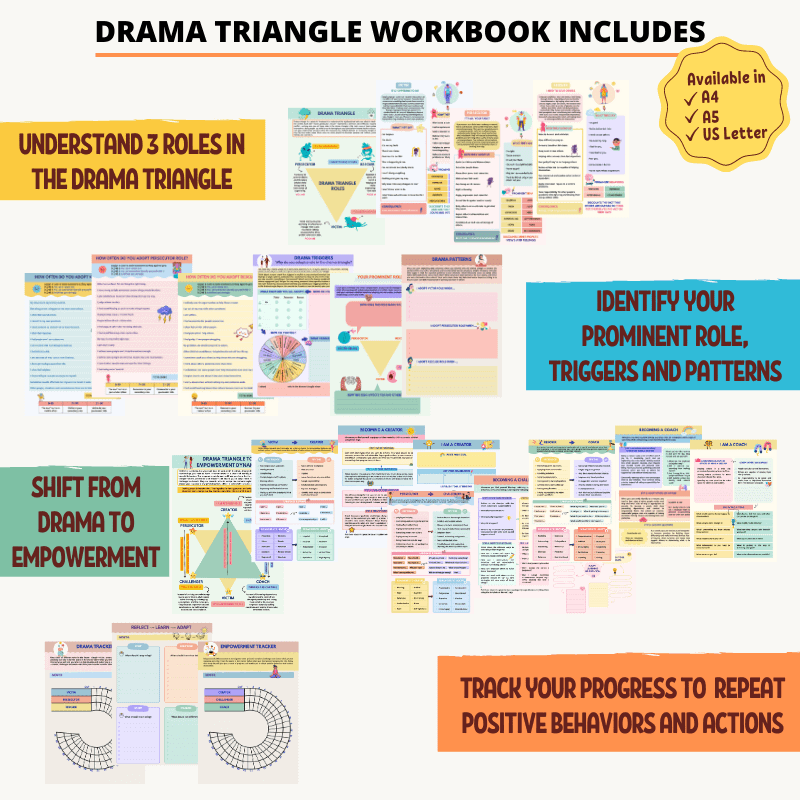
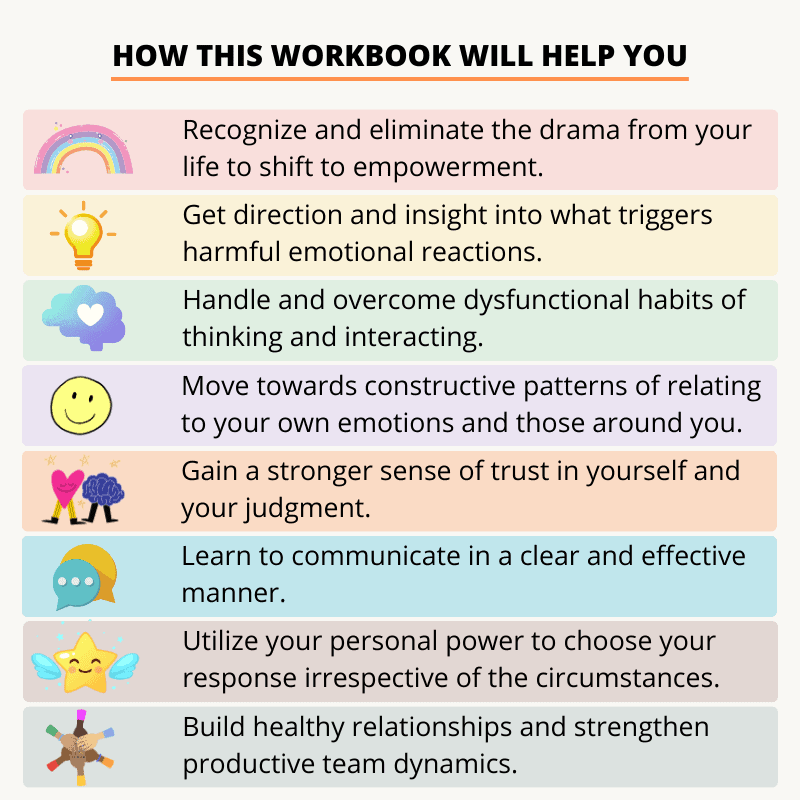
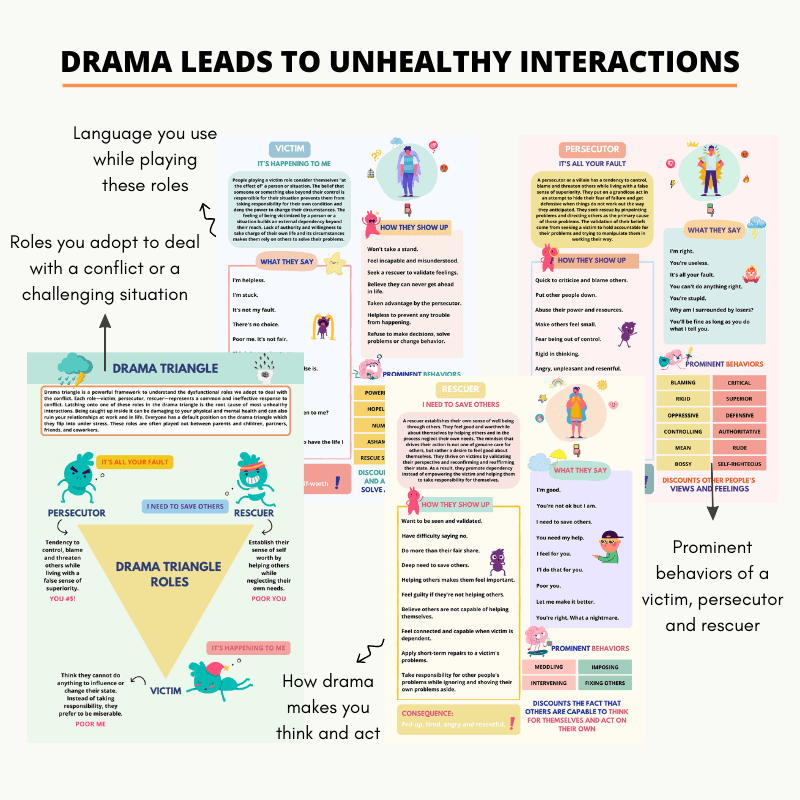
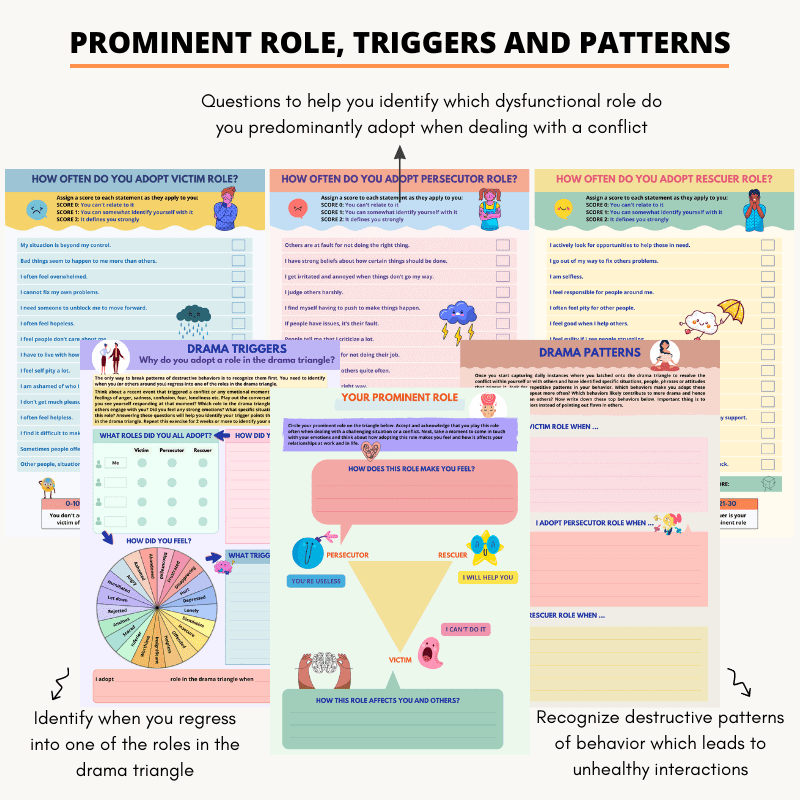
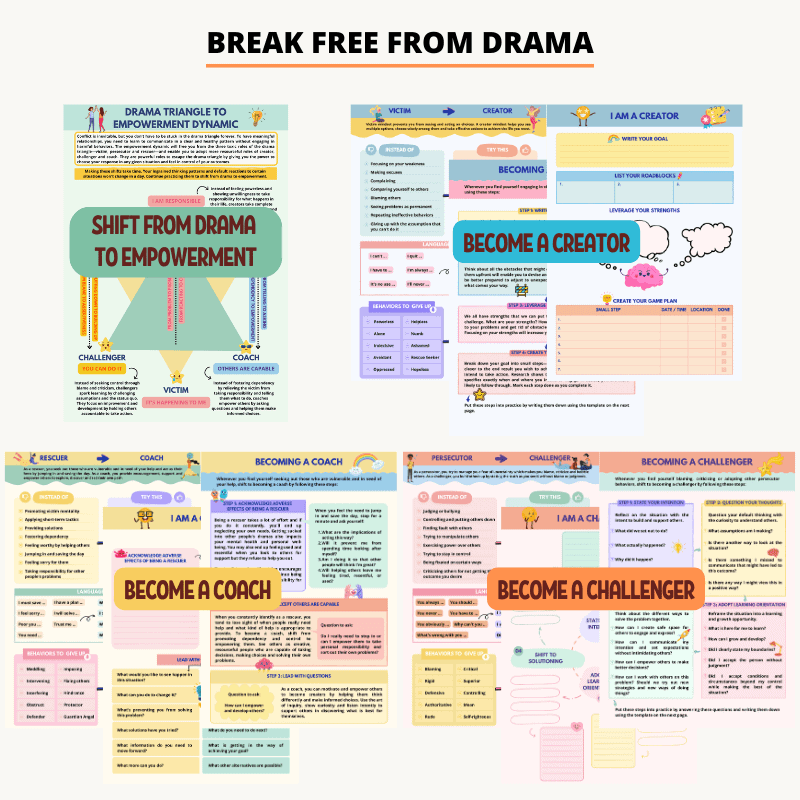
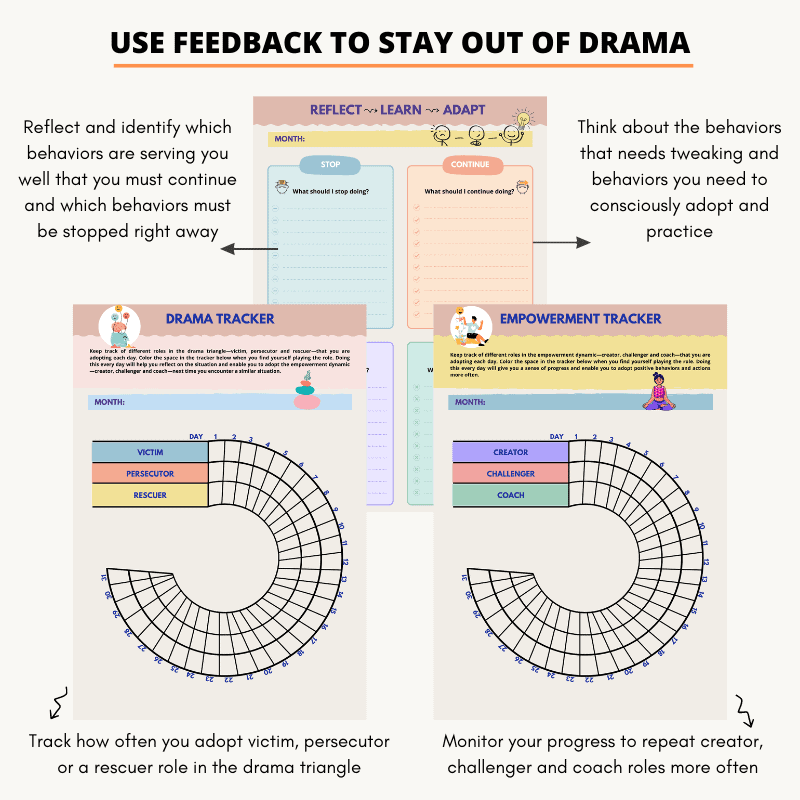
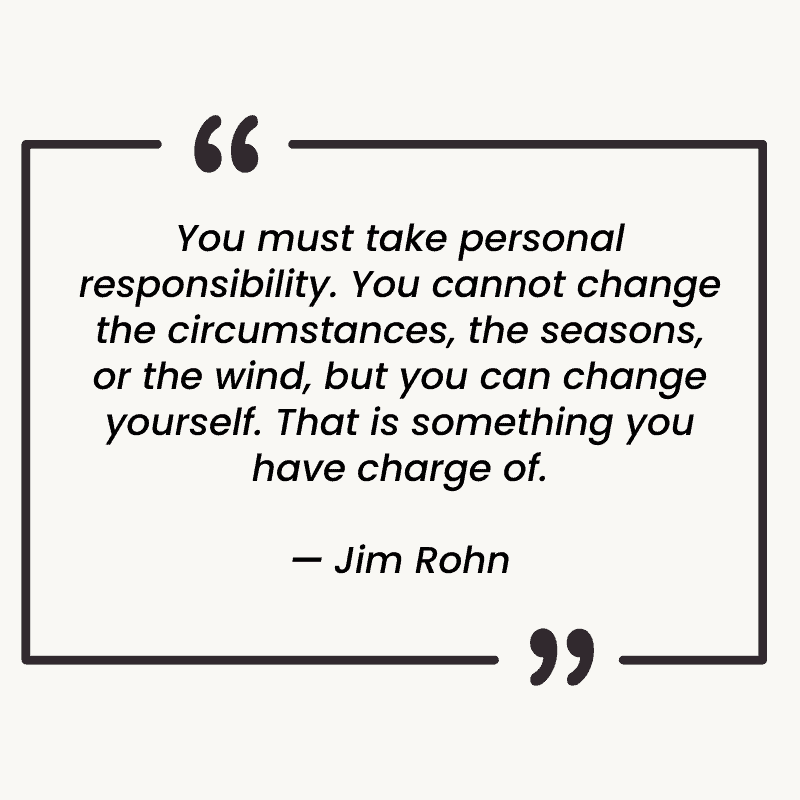
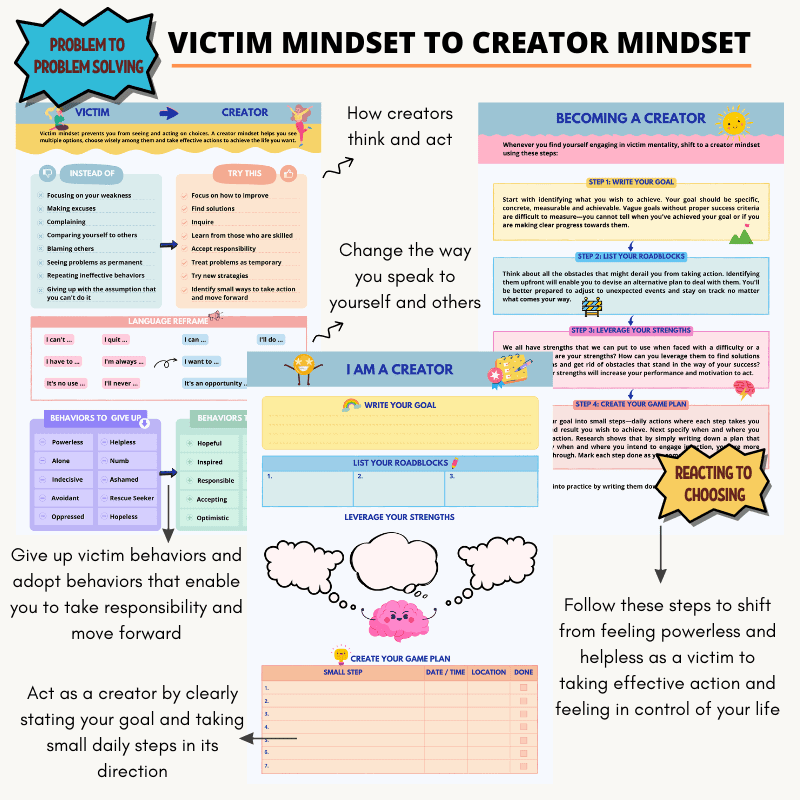
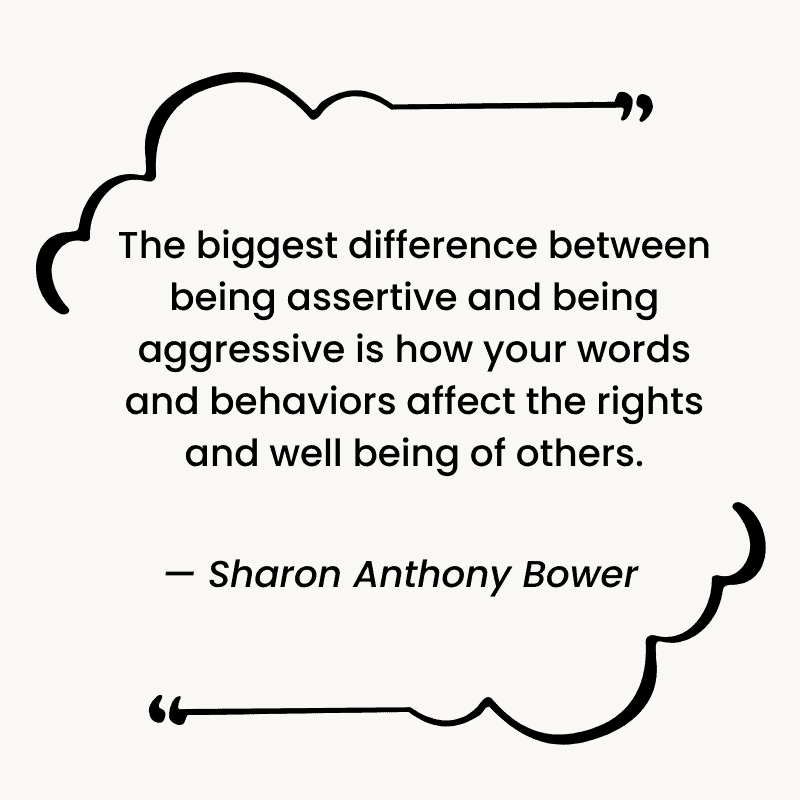
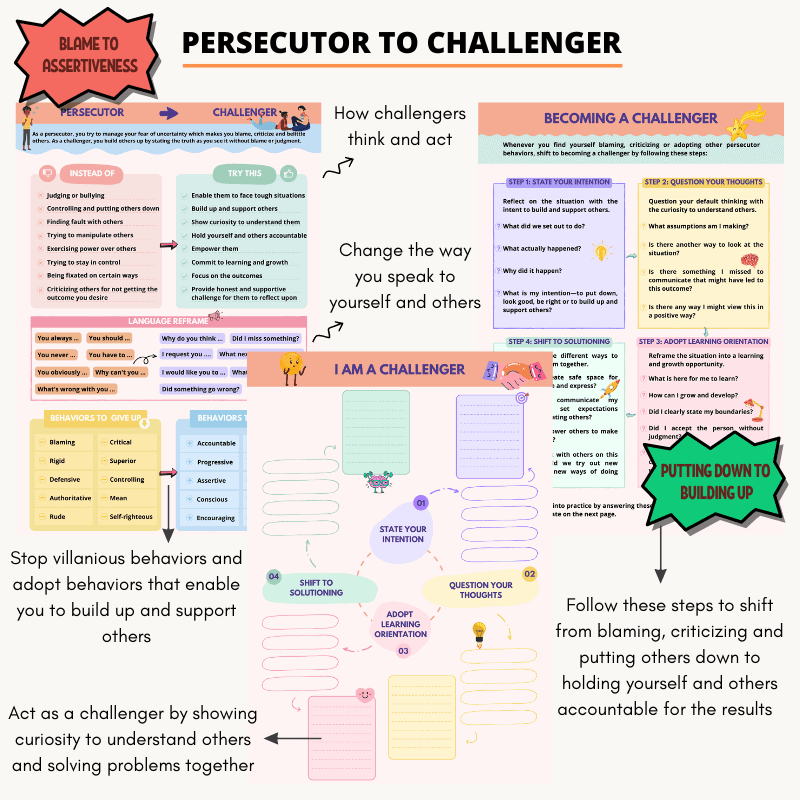
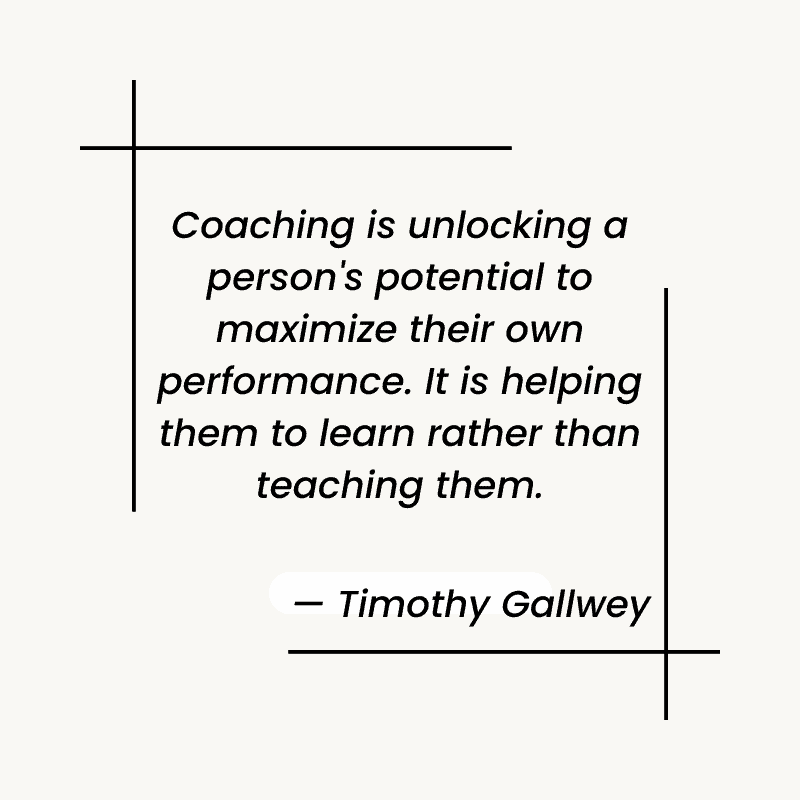
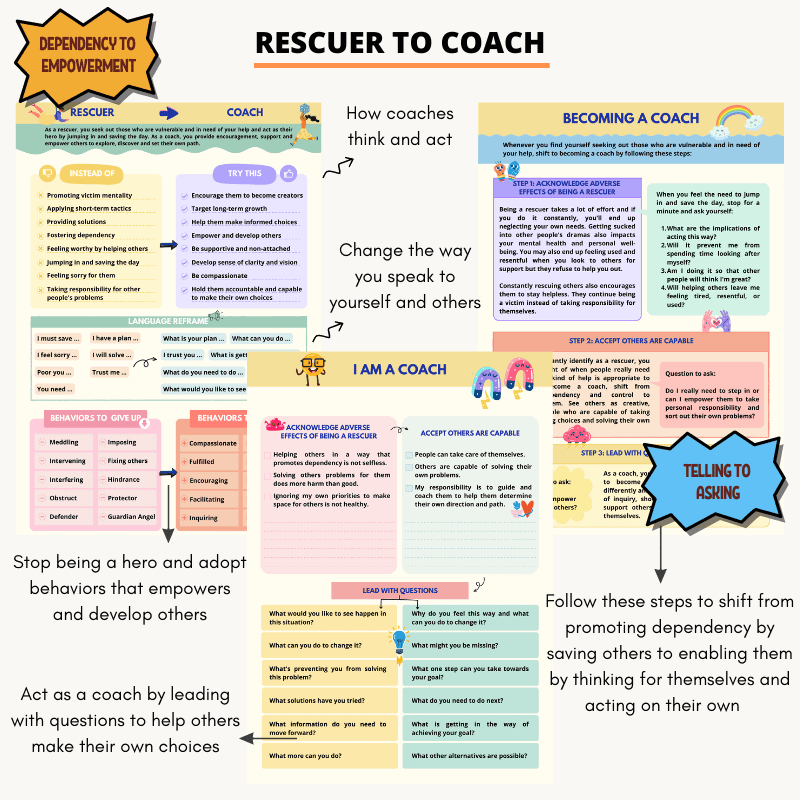
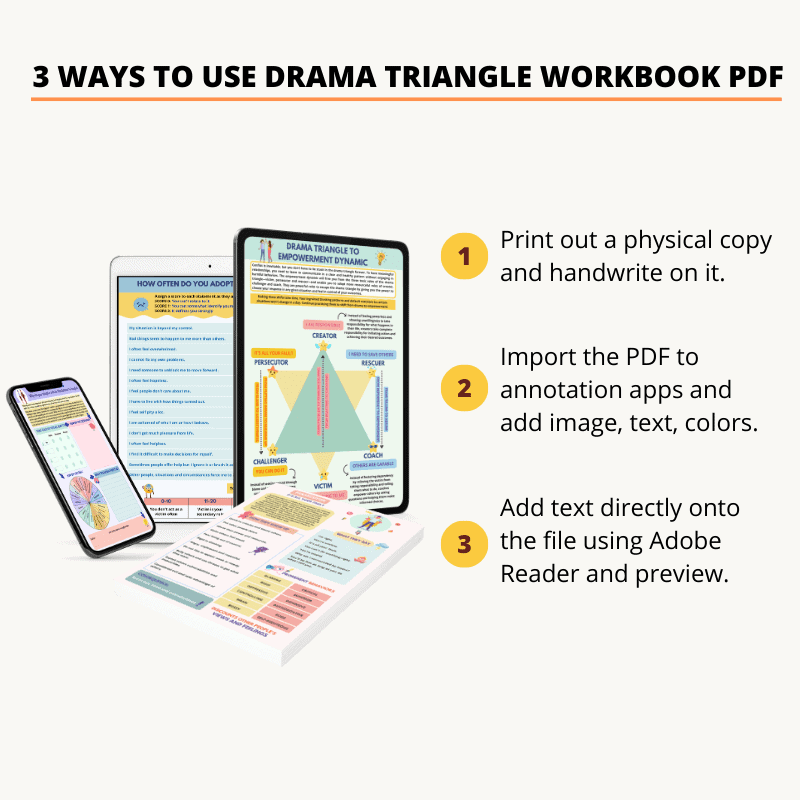
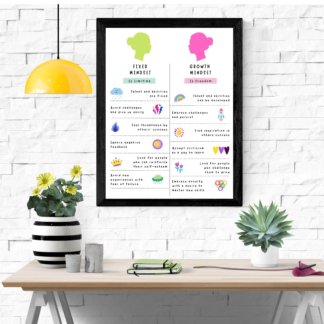
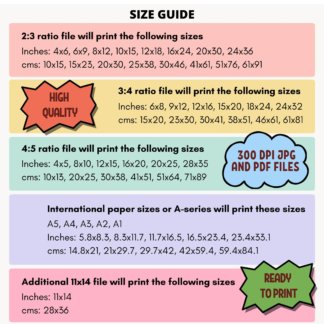
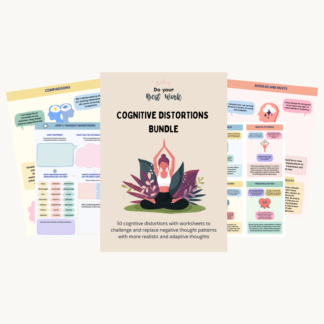
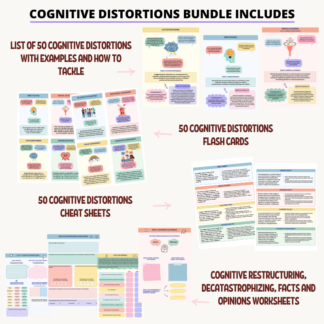
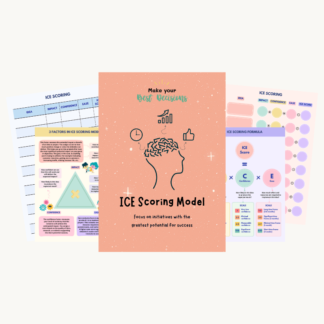
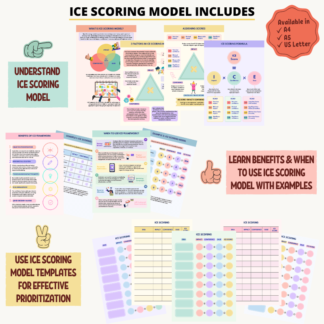
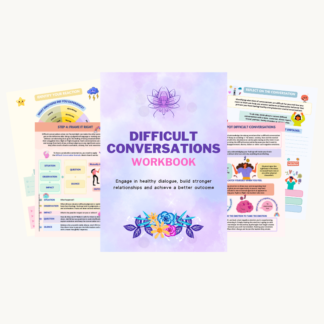
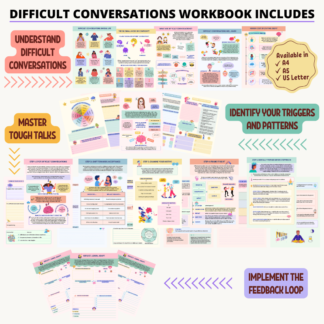
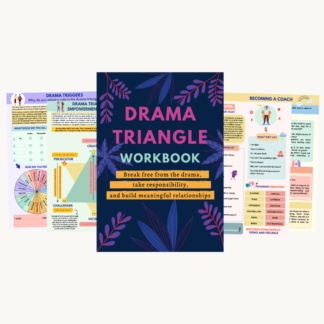
Anderson Ma –
Good to review the digital version.
Theodora Niopa (verified owner) –
This book encapsulates all the elements of the drama triangle theory in a practical and meaningful way, provoking self reflection and self assessment. Plus, the illustrations look beautiful and fun . The prognosis is that it will be a very helpful tool in working with adolescents. Cheers to the creators!